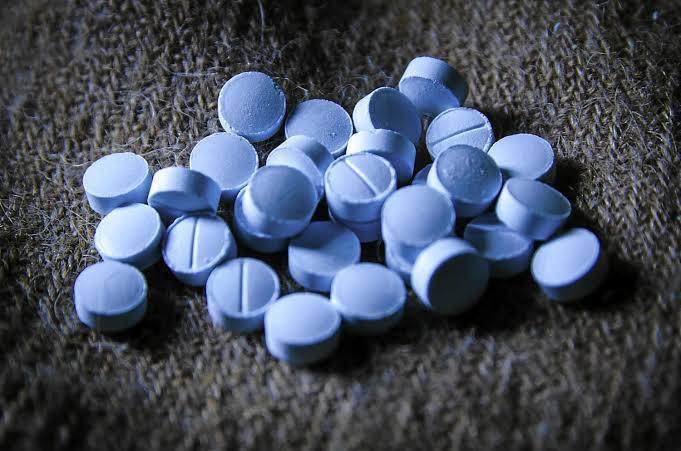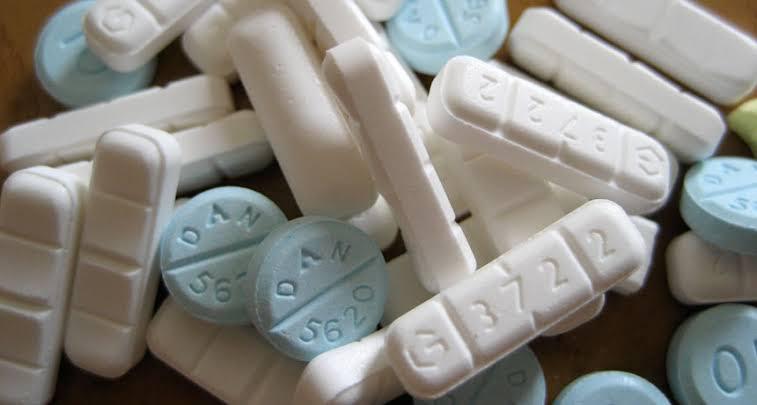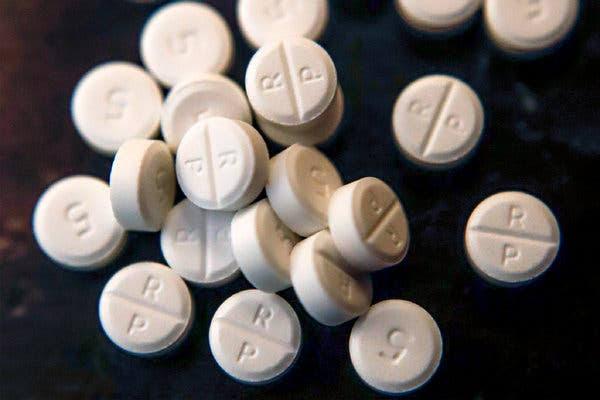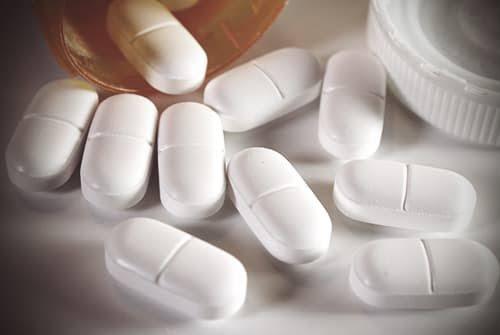
Prescription Drugs
Many legally prescribed medications are mood and mind altering and are therefore potentially addictive. Prescription medications are some of the most commonly abused drugs and many people seek treatment for this issue. The most addictive and commonly abused prescription medications include:
Opiates. Opiates are usually prescribed for pain management and include drugs such as Codeine, Morphine, Oxycontin (Oxycodone) and Tramadol.
Benzodiazepines. Benzodiazepines include drugs like Valium (Diazepam), Normison (Temazepam), Xanax and Stilnox and are usually prescribed for anxiety and as sleeping pills.
Antipsychotics and mood stabilisers. Seroquel is the most common antipsychotic medication and is used as a psychiatric medication to treat psychosis and/or stabilise moods in conditions such as bipolar disorder.
Many people make the mistake of thinking that prescribed medications are safer than illegal drugs. This may be the case when they are taken only as prescribed by people with no predisposition to addiction. However, when they are abused they can be highly addictive and extremely dangerous, particularly when they are combined with other drugs and alcohol. The main risk is overdose but permanent damage to vital organs is also possible.
Withdrawal from prescription drugs
Prescription drug treatment begins with physical withdrawal. Prescription medications are some of the most difficult substances to withdraw from. Because of their long half-lives and the way that they are stored in the body, withdrawal can last for weeks or months depending on the severity and duration of the addiction. It is a very specific process that requires specialised medical knowledge and clinical expertise.
Doctors and clinical staff in residential treatment rehabs will need to be highly trained and experienced in supporting residents through withdrawal from prescription medication. Making the withdrawal process as comfortable as possible in an ideally peaceful and serene atmosphere.
Withdrawal regimes vary depending on the type of prescription medication the resident is addicted to. The process usually involves a gradual reduction of the medication. Then sometimes another prescription medication is used in the short-term in a tapered dose to control withdrawal symptoms. It is important to openly inform the treatment centre the type and daily amount of prescription medication being taken as well as the amount of time the drug has been taken for doctors and the clinical team to be able to determine the duration of the detox period before the client arrives at. Prescription drug withdrawal needs to be carried out under strict conditions and the withdrawal being closely monitored with dosages adjusted accordingly.
World-class Prescription Drug Treatment
Due to extended withdrawal periods, individuals addicted to prescription medication usually require longer in primary care treatment.
This is because the physical withdrawal phase only treats the physical aspect of addiction; it doesn’t treat the underlying causes or the psychological, emotional and spiritual aspects. While someone is physically detoxing they are less able to engage in and absorb the therapeutic activities involved in treatment. We usually recommend a 60 or 90 day stay but this can be discussed with Addiction Specialists.
Residential rehabs like Seasons Bali use a well-established model of substance abuse treatment that has proven successful in restoring the health and wellbeing of addicts and alcoholics for many years. It includes one-on-one counselling, process group work, educational groups and relapse prevention work.
VALIUM

Valium is a potent sedative from the benzodiazepine family and one of the most popularly prescribed medications in the world. It is also one of the most commonly abused prescription medications. It is prescribed as a treatment for anxiety, sleep problems and sometimes muscle pain and muscle spasm. It is also often prescribed in tapered short-term doses to control withdrawal symptoms from alcohol, heroin, ice and other drugs.
Valium depresses the central nervous system causing the user to feel drowsy and calm. It is very addictive and extended use can cause physical dependence whether the person is taking Valium as prescribed or taking more than they are prescribed. Mixing any benzodiazepine with other drugs, particularly alcohol, is very dangerous and can lead to coma or overdose and death.
Valium withdrawal
Like any benzodiazepine withdrawal, Valium withdrawal can be longer than withdrawal from most illegal drugs. The symptoms are physical and psychological and depend on the length and severity of the dependence. Valium withdrawal requires clinical expertise and specialist knowledge as well as ongoing monitoring. In order to manage the symptoms, the individual needs to be weened off the drug gradually rather than stopping suddenly.
Valium treatment that works
Physical withdrawal from Valium is just the beginning of treatment at Valium rehab. Valium rehab consists of a structured combination of therapeutic activities that are proven to be the most effective model for successfully dealing with the underlying causes of addiction and enabling long-term recovery. Some of these activities include one-on-one counselling, process group work, educational groups and relapse prevention work as well as exercise, recreation, massage, art therapy and daily outings. This is ideally delivered in a therapeutic community setting by staff who are mostly all in recovery themselves. This allows a greater understanding and connection between staff and residents, which in turn aids the healing and transformation process for residents as they are working with role models they can immediately relate to.
XANAX (alprazolam)

Xanax is a short acting anti-anxiety prescription medication that is part of the benzodiazepine family. It is most commonly prescribed as a short term treatment for anxiety and panic disorders although it is also sometimes prescribed for insomnia. It is one of the more commonly abused prescription drugs because its potent sedative, relaxant and hypnotic effects are felt quite quickly and intensely. These properties make it highly psychologically addictive and cause physical dependence quite easily. Xanax is one of the more potentially addictive benzos, which means it also has a greater potential for overdose. Taking more than prescribed or mixing any benzodiazepine with other drugs, particularly alcohol, is very dangerous and can lead to coma or overdose and death.
Some people become addicted to Xanax after having it prescribed by a doctor. Many people also buy it illegally without prescription and have never been prescribed it. They may not even suffer from anxiety but just take it for its strong effect.
Xanax withdrawal
Xanax withdrawal requires clinical expertise and specialist knowledge as well as ongoing monitoring as stopping taking Xanax abruptly is very dangerous. In order to manage the symptoms, the individual needs to be weened off the drug gradually. Sometimes a less addictive prescription medication will be prescribed as a short-term measure to manage withdrawal symptoms. This regime is determined after the individual has been thoroughly assessed by a doctor and is closely monitored and adjusted according to symptoms. Doctors and clinical staff at treatment centres like Seasons Bali are highly trained and experienced in supporting clients through Xanax detox, which makes the process as safe and comfortable as possible. The length of the withdrawal period and severity of symptoms depends on how much the individual has been taking and for how long.
Xanax treatment
The most effective model for Xanax treatment is the residential therapeutic community model. This consists of a specific combination of therapeutic activities such as one-on-one counselling, process group work, educational groups and relapse prevention work as well as exercise, recreation, massage, art therapy and daily outings. The overall goal is to address the underlying causes of the addiction so that ongoing, long-term recovery is possible.
Another feature of the therapeutic community is that the majority of staff are in recovery themselves. Therefore, staff really understand what residents are going through and so their support and advice is well received by clients. This allows residents to feel more at ease and have greater faith in the program and hope for the future because they are being guided by people who have successfully achieved recovery from addiction.
OXICOTIN (oxycodone)

Oxycontin is an opiate prescription medication that is prescribed for physical pain. Being an opiate it is highly physically addictive, causing the user to build up a tolerance quite quickly, particularly when it is being abused. It is also highly psychologically addictive due to its analgesic properties, which cause an extremely relaxing euphoric effect on the user, similar to the high produced by heroin. Some people become addicted to Oxycontin after having it prescribed by a doctor. Many people also buy it illegally without prescription and have never been prescribed it. Many addicts use it in combination with other drugs. This increases the chance of overdose, particularly when mixed with alcohol, benzos or other opiates.
Oxycontin withdrawal
Like treatment for any addiction, it must start with the physical withdrawal from the substance. Only then can treatment go deeper to address the underlying causes of the addiction. That is why ideally treatment will focus on the mind and spirit as well as the body, being holistic, treating the whole person. Addiction affects the individual on all levels – physical, emotional, psychological, social and spiritual – so treatment must be multi-faceted in order to treat all these aspects.
The treatment centres doctor will perform a thorough medical assessment on arrival to determine each resident’s detox needs. Addicts will need to be constantly monitored during this withdrawal phase to ensure their changing symptoms are successfully managed by medical and clinical staff.
Oxycontin detox usually consists of a tapered medicated withdrawal regime. The type of medication and duration of the withdrawal period depends on the amount the resident is physically dependent on when they arrive. This also determines the duration of the detox and the severity of the withdrawal symptoms.
VICODIN (hydrocodone and paracetamol)

Vicodin is a prescription medication from the opiate family and is prescribed for physical pain. Just like other legal and illegal opiates, Vicodin is highly addictive both physically and psychologically. Its mellow euphoric high is very similar to the high from heroin, causing it to be frequently abused. Some people become addicted to Vicodin after having it prescribed by a doctor. Many people also buy it illegally without prescription and have never had it prescribed to them. Many addicts use it in combination with other drugs. This increases the chance of overdose, particularly when mixed with alcohol, benzos or other opiates.
Vicodin withdrawal
As one of the most frequently abused prescription opiates, many people seek treatment for Vicodin addiction. Physical withdrawal is the first stage of treatment. All residents have a phone assessment before they arrive and a medical assessment with our doctor on arrival to determine and finalise their detox needs. Vicodin detox usually consists of a medicated withdrawal regime that is tapered down slowly over a number of days. The type of medication and length of the withdrawal period really depends on the amount the resident has been addicted to. Residents are constantly monitored during this phase to ensure that any changing symptoms are effectively managed by staff.